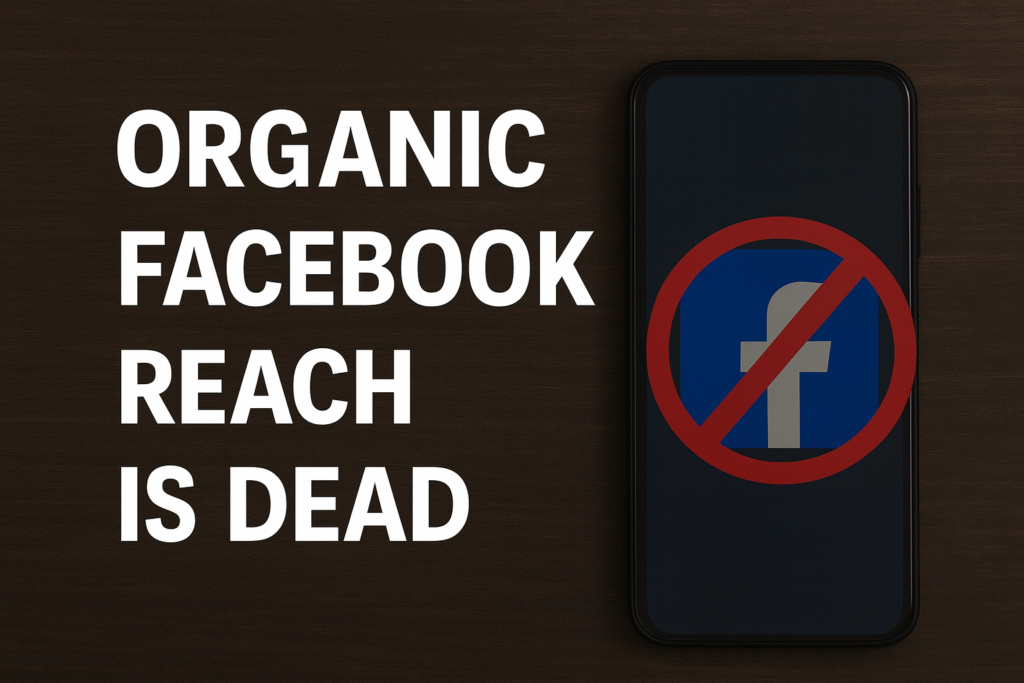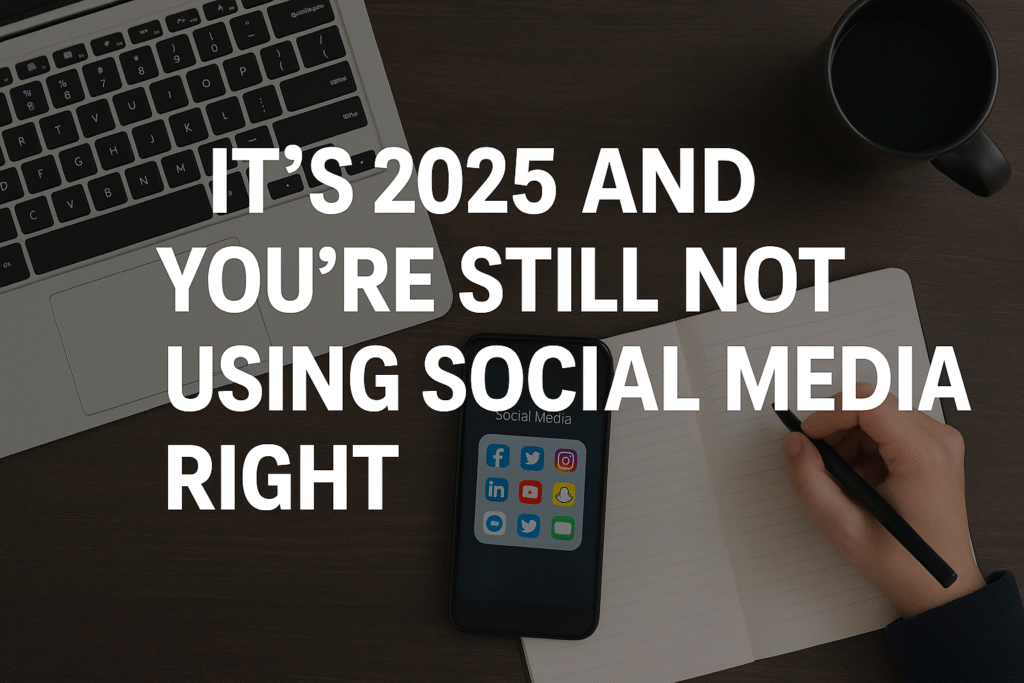It’s 2025, and somehow, most organizations—yes, even churches—are still using social media wrong. They post randomly, hope something magically “goes viral,” and then wonder why nothing changes. The truth is, social media isn’t just about posting. It’s about understanding the platform, having a clear purpose, and executing with strategy and consistency.
For churches especially, this matters because social media isn’t just a place for announcements; it’s a tool for growth—both in terms of reaching new people and deepening the faith of those already in the congregation. But to unlock its full potential, we have to rethink everything about how we use it.
The Purpose Problem: Why Most Churches Fail at Social Media
The first big mistake? No clear purpose.
Many churches post because they feel like they have to. “We have a Facebook page,” they say, “so we might as well throw some stuff on there.” The result? Random posts. Random times. Random results.
Without a clear goal—whether it’s to grow attendance, spread the church’s message further, or help members grow spiritually—social media becomes noise. And noise doesn’t build communities.
At our service, we break it down into two core goals:
- External Growth – Reaching people outside the church to invite them in.
- Individual Growth – Helping members deepen their faith and stay connected throughout the week.
Social media is incredible for both. But only if you use it correctly.
External Growth: Why Ads Matter in 2025

Here’s the hard truth: Organic reach on Facebook is dead.
If you want to reach people outside your church, you need ads. But not the annoying, spammy kind that screams “BUY NOW.” Instead, create real content—clips from Sunday sermons, inspiring messages, bite-sized wisdom—that people actually want to watch and share.
Facebook rewards content that:
- Keeps people on the platform
- Provides genuine value
- Drives engagement (likes, comments, shares)
When churches use sermon clips as ads—not to sell something but to serve people spiritually—they create content that works with Facebook’s algorithm instead of against it.
But here’s the kicker: you need a process.
Running one ad forever doesn’t work. You need to:
- Test multiple ads
- Identify the highest-performing ones
- Streamline resources toward what actually works
Over time, you build a “greatest hits” set of ads that outperform everything else—sometimes by 15 to 20 times per dollar spent. Without this process, you waste time, money, and opportunity.
Individual Growth: Fighting the Weeds
Let’s switch gears.
Jesus told the parable of the sower where some seeds were choked out by weeds. Social media today is the weeds. There’s so much noise out there that even the most powerful message can get buried instantly.
The solution? Plant more seeds.
You can’t pull people off social media. You can’t fight the algorithm. Instead, flood the space with valuable, faith-centered content. If people see your message again and again and again, it has a chance to take root.
But remember:
- People don’t see everything you post the first time.
- Facebook often shows a post to the same person only once—unless it performs well.
- You need repetition and engagement to keep content alive.
This is why automation is no longer optional. It’s the only way to stay visible in the never-ending stream of content competing for attention.
Engagement Is Everything
Facebook only serves content that people engage with.
- Likes
- Comments
- Time spent watching
These tell Facebook, “This post matters.”
So teach your congregation to interact with church posts. Not because you want vanity metrics, but because engagement keeps the message alive and ensures people don’t miss future content.
And don’t be afraid to use ads for your own congregation. Target your own members with encouraging messages throughout the week. Use “reach” ads for maximum visibility or “impression” ads to saturate your congregation with the same core message until it truly sinks in.
The Hidden Gold: Sunday Sermons
Here’s the biggest secret:
You already have all the content you need.
Every Sunday, pastors deliver powerful messages filled with wisdom, hope, and inspiration. But after Sunday? That content disappears.
That’s a tragedy.
Instead, break sermons into dozens of clips, quotes, graphics, and ads. Fill the week with spiritual gold you already have. With the right strategy, your Sunday message can echo all week long—and reach people far beyond the church walls.
The Bottom Line
Social media shouldn’t be random. It shouldn’t be an afterthought. And it definitely shouldn’t be about self-promotion alone.
It’s about:
- Purpose: Start with clear goals.
- Strategy: Use ads, repetition, and engagement wisely.
- Process: Test, refine, and improve over time.
- Automation: Leverage tools so you’re not overwhelmed.
Because in 2025, the churches that understand this won’t just survive online.
They’ll thrive.
Take a look at Manna Feed
If you belong to a church that wants awesome results from Social media, take a look at Manna Feed.

